The post How Big Is a Cat Brain? Vet Explains Feline Anatomy by Dr. Samantha Devine appeared first on Catster. Copying over entire articles infringes on copyright laws. You might not concentrate on it, but all of those articles were assigned, contracted and paid for, so they are not considered public domain. Nevertheless, we appreciate that you just just like the article and would adore it for those who continued sharing just the primary paragraph of an article, then linking out to the remaining of the piece on Catster.com.
When you own a cat, you’ve probably wondered how intelligent they’re. In spite of everything, sometimes they might be silly goofballs, while at other times, they’ll find their solution to harass you in the lavatory within the pitch black of night with their mouse toy.
So, how big is a cat’s brain? And does that brain size equate to intelligence? Your cat’s brain is roughly 2 inches long. It only weighs an oz, which puts your cat’s brain at about 1% of their body weight. Read on for more interesting details.
The Size of Your Cat’s Brain
Purely based on size, a dog’s brain is larger than a cat’s brain; a cat’s brain is barely larger than a walnut, while a dog’s brain is roughly the scale of a tangerine. It’s not necessarily the scale that equates with how smart an animal is; the structures and surface folding determine how intelligent an organism is.
Cats have a brain structure more just like ours than to a dog’s brain. In actual fact, their brain is about 90% an identical to ours, so take into consideration that next time you’re wondering how smart your kitty is!
Don’t panic and begin worrying concerning the cat overlords taking up, nevertheless. Now we have a big difference within the variety of neurons in our cerebral cortex. Cats have roughly 300 million, and now we have 21 to 26 billion neurons in that very same structure in our brain.1
Dogs are likely to have more neurons than cats, which is probably going because they’ve a bigger brain size. In dogs, there’s more development of the social cognition portion of the cerebral cortex, while in cats, a more significant slice is dedicated to movement and vision. Which means each pet tends to be higher at something different than the opposite.
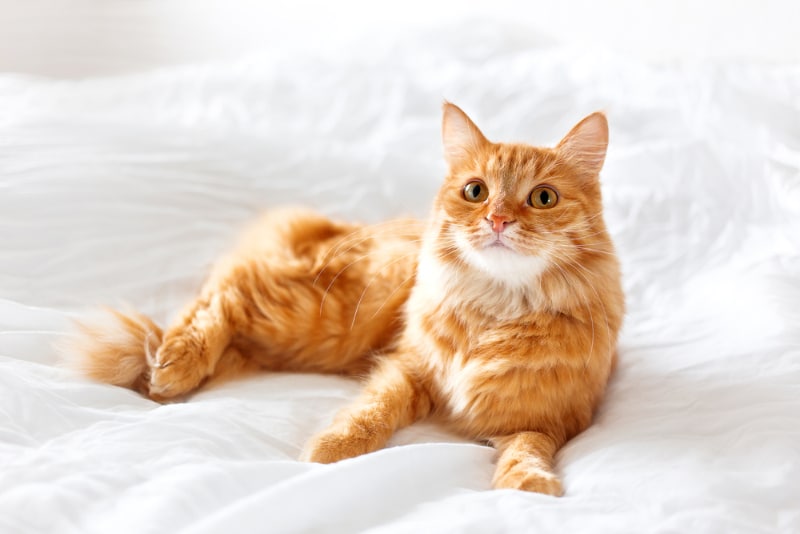 Image Credit: Konstantin Aksenov, Shutterstock
Image Credit: Konstantin Aksenov, Shutterstock
How Do Cats Use Their Brains?
Your cat’s brain helps regulate every aspect of their life, and it’s the driving force for cats to be crepuscular. Animals like cats which can be crepuscular are primarily energetic within the dawn and twilight hours. It allows them to prey on smaller animals which can be also crepuscular. Other animals that exhibit this behavior include:
- Deer
- Opossums
- Hamsters
- Skunks
Based on this behavior pattern, don’t be surprised in case your kitty wakes you within the pre-dawn hours. It’s instinct. They’re not attempting to torture you.
Cats do other things in a different way than our canine friends. For instance, if you’ve got an outside cat that likes to hunt, you must also know they are going to keep hunting even in the event that they’ve eaten already. This behavior differs from dogs, who typically stop hunting after eating.

Your Cat’s Senses
What your cat can detect with such a small brain is pretty impressive. Their brain allows them to uniquely utilize their senses to assist them survive of their environment.
1. Sight
Your cat’s eyes can see incredibly well, even in a dark environment. Cats have a structure often called the tapetum lucidum of their eyes, which helps reflect photons of sunshine back onto the retina, allowing them to have a second likelihood to utilize the sunshine and see.
Cats even have more rods of their eyes than an individual. These photoreceptor cells function best in dim light, allowing your cat to see higher at midnight than you. The difference in rods and cones also affects the colours that cats see on this planet.
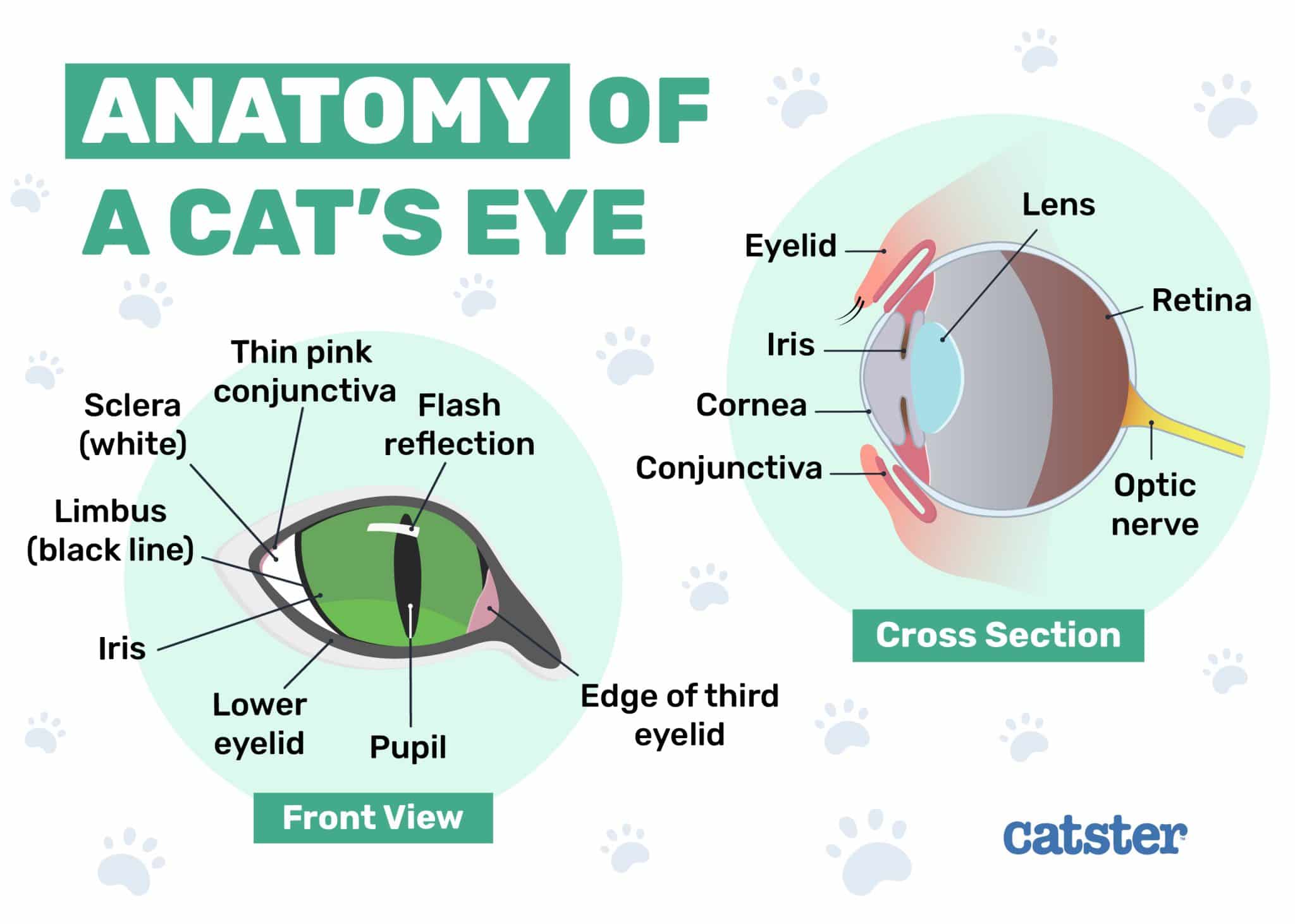 You’re free to make use of this image but we do require you to link back to Catster.com
You’re free to make use of this image but we do require you to link back to Catster.com
2. Taste
Cats don’t have the identical solution to sense taste that you just do. While now we have around 9,000 taste buds, our kitties only have a couple of hundred taste buds. What is particularly interesting about that is that cats don’t appear to have the opportunity to taste sweet things. In case your cat is attempting to get to your sweets, like whipped cream or ice cream, it’s not going the sugary goodness they’re after however the fats they’re drawn to.
They will taste bitter and associate it with danger or poison, so be careful for those who’re using a lemon spray.
3. Hearing
Your cat’s ears are also very helpful for navigating the world around them. The marginally cone-shaped pinna helps direct sound into the center ear and allows your cat to pinpoint the source of the sound.
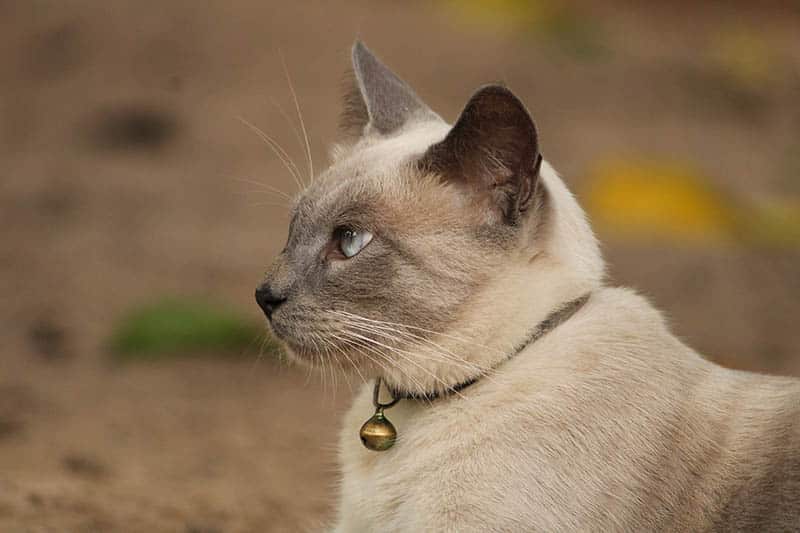 Image Credit: Ivi li, Pexels
Image Credit: Ivi li, Pexels
4. Touch
Cats even have interesting ways to navigate through touch. Their whiskers provide signals as your cat winds their body through narrow spaces. Other than the whiskers, they’ve touch receptors of their paws and nose.
5. Smell
Cats rely heavily on their sense of smell. In case your cat has a respiratory infection, they could have trouble scenting their food, which ends up in many kitties refusing to eat.
Cats even have a singular structure called the vomeronasal organ. Situated just behind their upper incisors of their mouth, this structure helps cats detect and process pheromones. Speaking of pheromones, your cat produces them from an array of places, including between their toes and their anal glands.
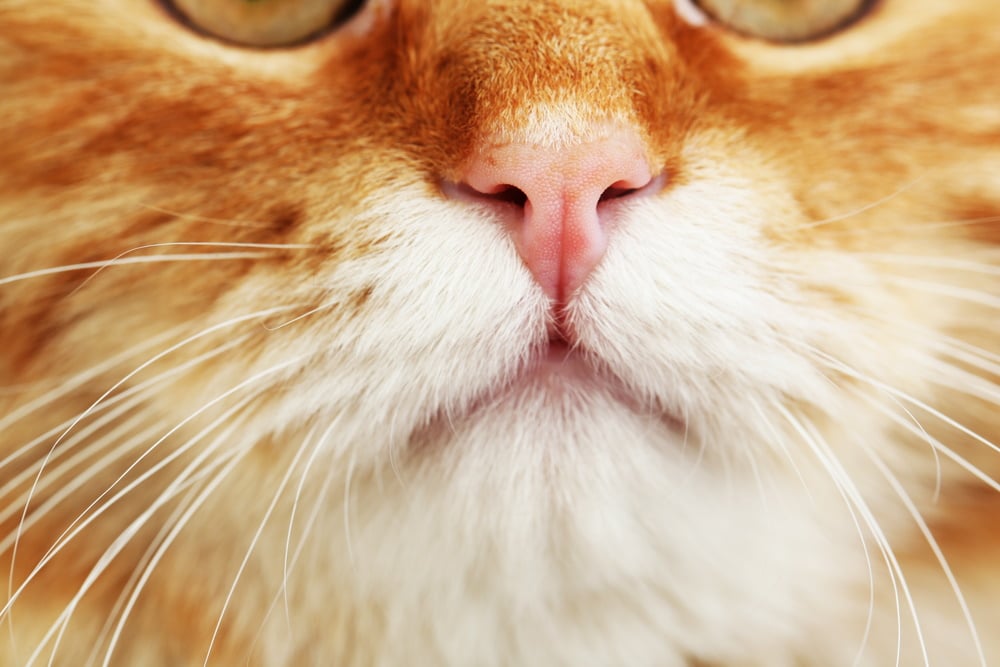 Image Credit: Africa Studio, Shutterstock
Image Credit: Africa Studio, Shutterstock

Ceaselessly Asked Questions (FAQ)
What are the primary parts of your cat’s brain?
Your cat has a nervous system just like your personal. There are two parts to the central nervous system (or CNS):
- The brain
- The spinal cord
These structures might be further divided. For instance, the foremost parts of the brain include:
- The cerebellum
- The cerebrum
- The brainstem
Are cats getting less intelligent?
We will’t quite compare measurements of how intelligent your cat is in comparison with their ancestors, but scientists have been studying the scale of how cats’ brains have modified. They’re getting smaller.
Based on the study, house cats can have undergone a 25% reduction in the scale of their brain compared to European and African wildcats, their wild cousins.
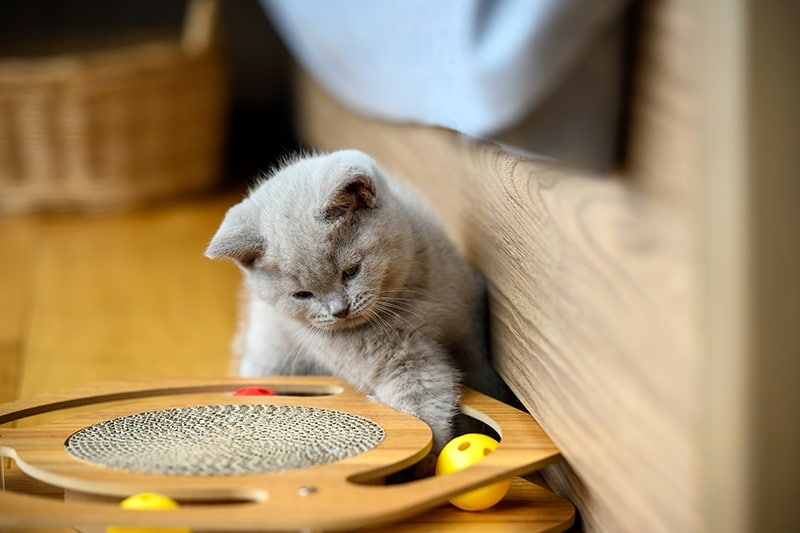 Image Credit: lowpower225, Shutterstock
Image Credit: lowpower225, Shutterstock

Conclusion
Your cat’s brain is exclusive and allows them to be amazing hunters. Even when we are able to’t make a straightforward determination about whether cats or dogs are more intelligent, they’re still wonderful members of our families.
Sources
- https://bondvet.com/b/how-smart-are-cats
- https://www.petmd.com/cat/general-health/how-smart-are-cats
- https://www.purina.co.uk/articles/cats/kitten/play/cat-senses
- https://www.livescience.com/house-cat-brain-size-shrink
Featured Image Credit: Wongsakorn Napaeng, Shutterstock
The post How Big Is a Cat Brain? Vet Explains Feline Anatomy by Dr. Samantha Devine appeared first on Catster. Copying over entire articles infringes on copyright laws. You might not concentrate on it, but all of those articles were assigned, contracted and paid for, so they are not considered public domain. Nevertheless, we appreciate that you just just like the article and would adore it for those who continued sharing just the primary paragraph of an article, then linking out to the remaining of the piece on Catster.com.

